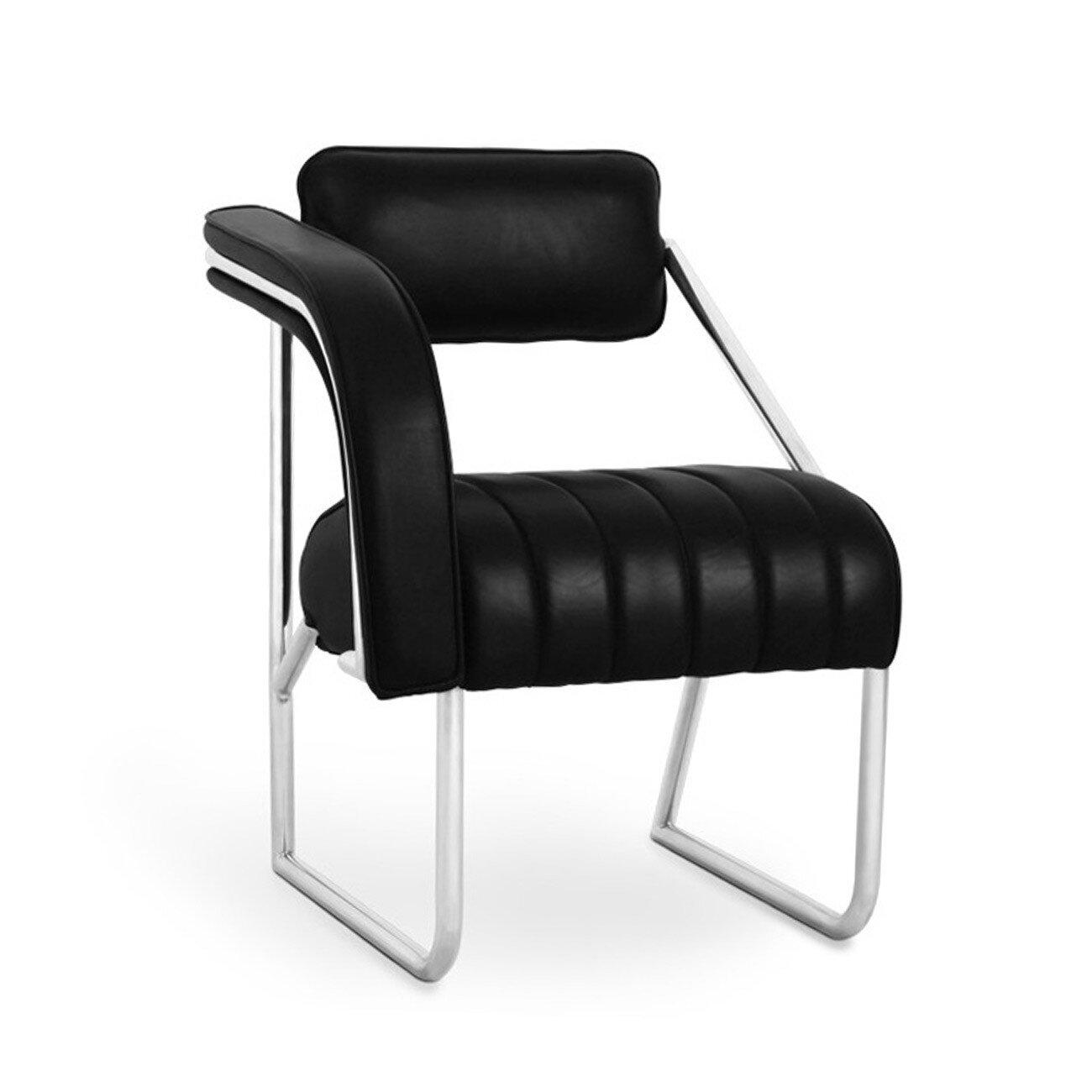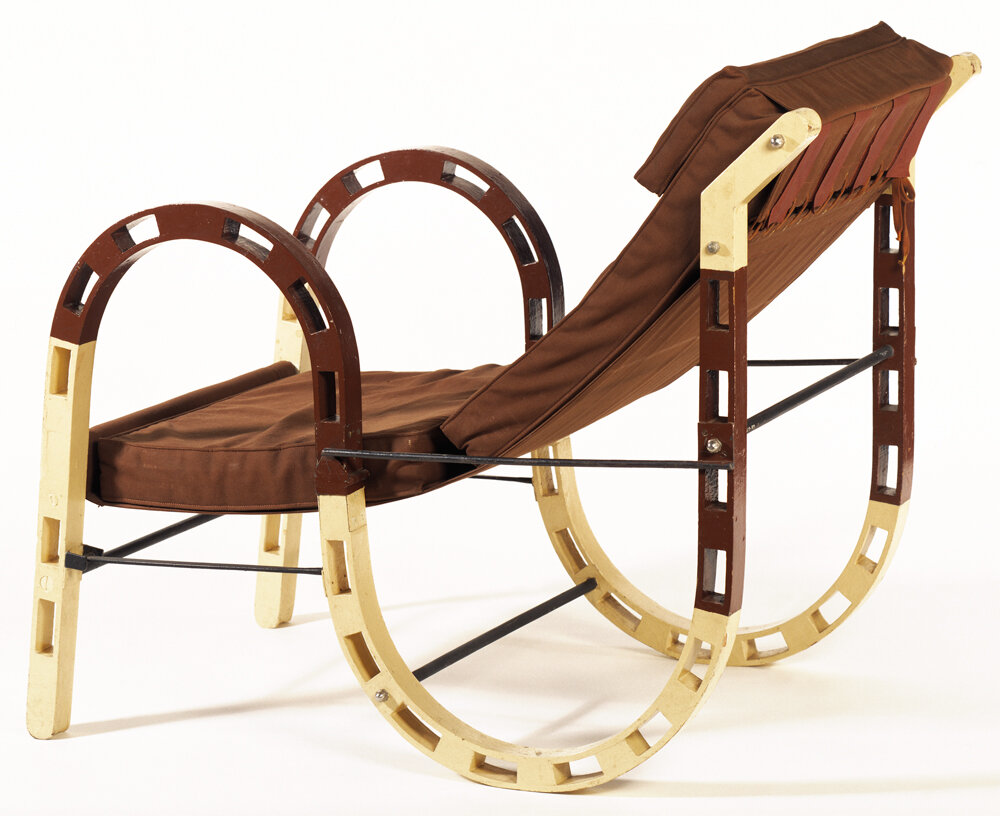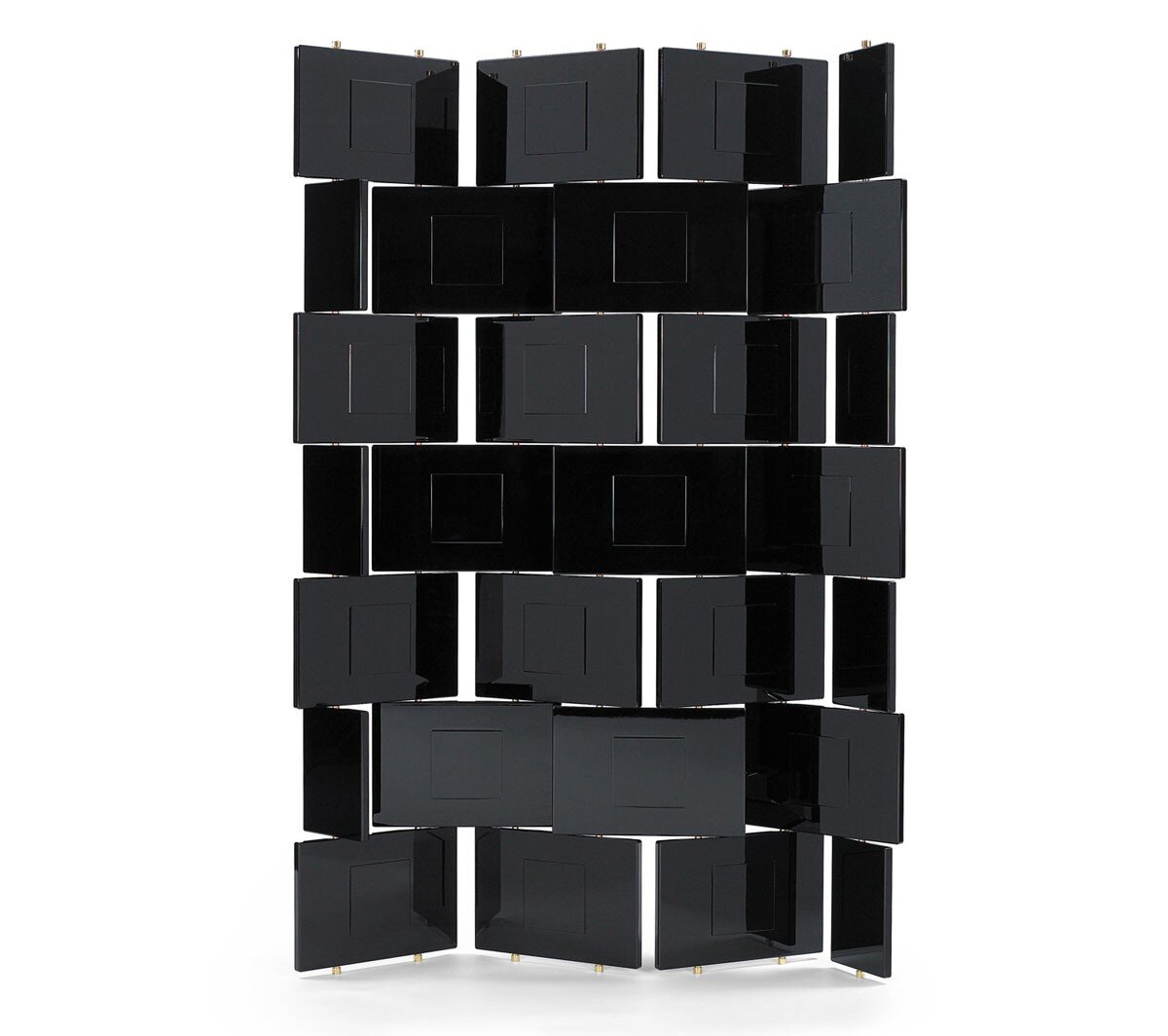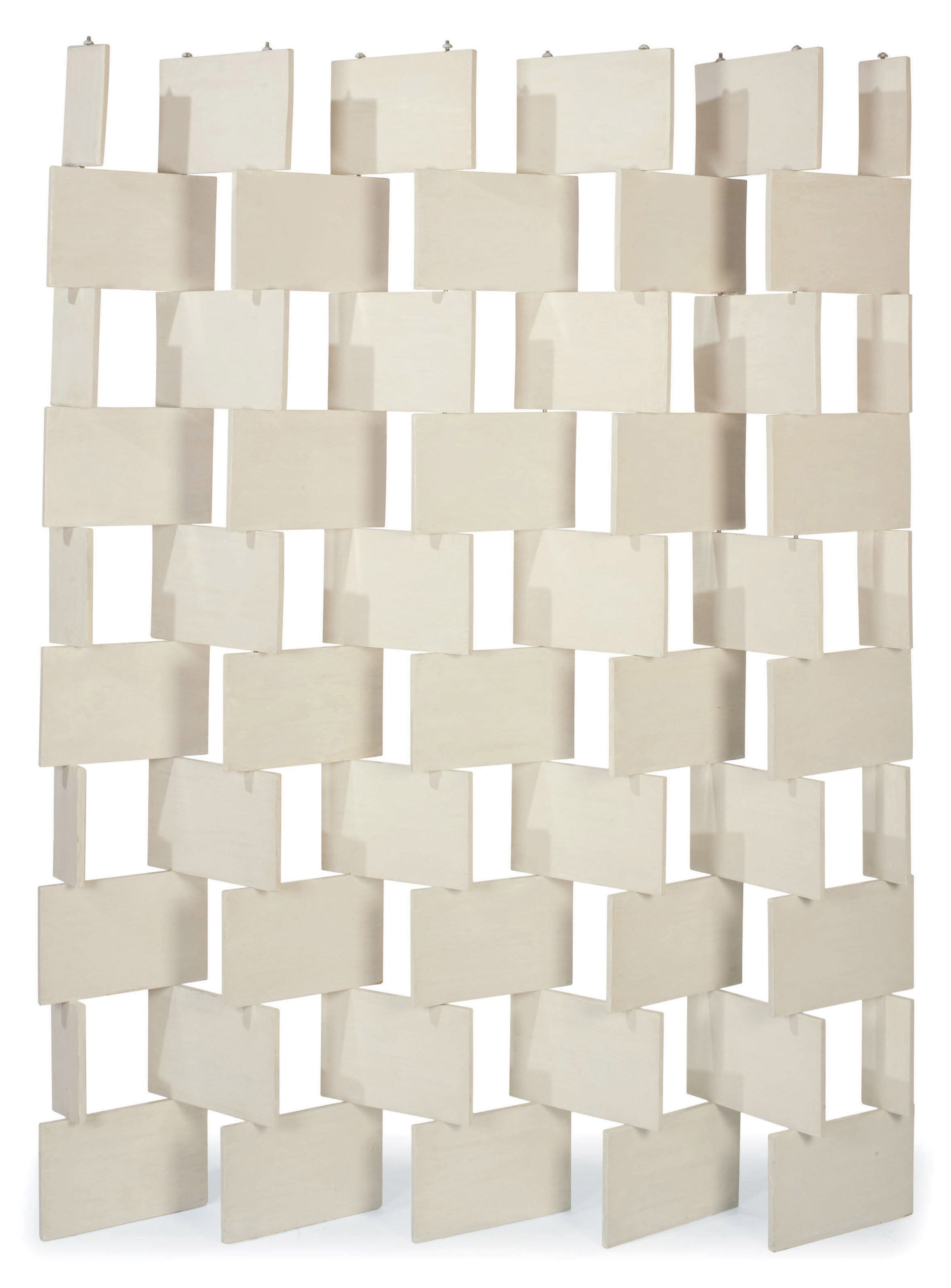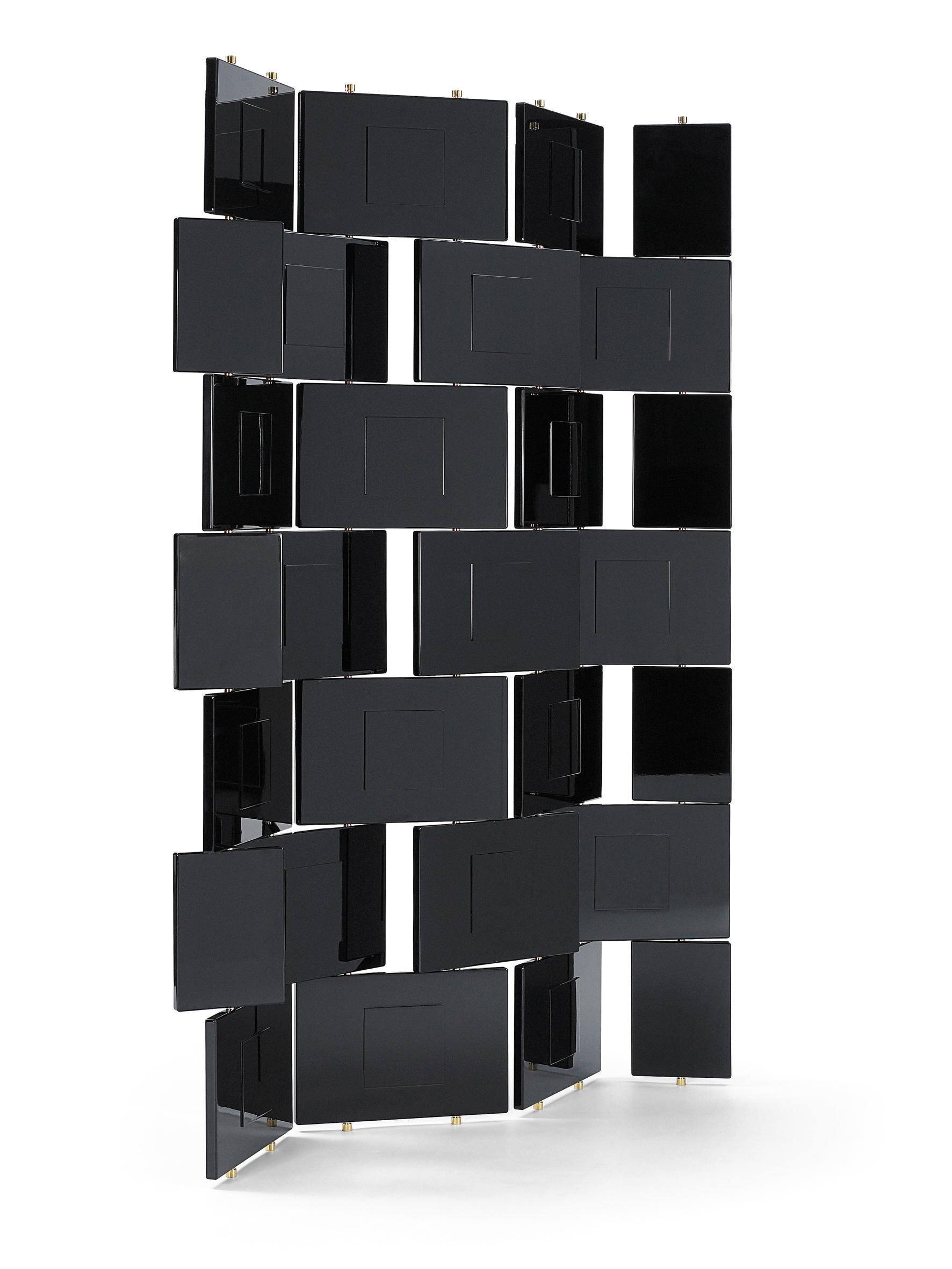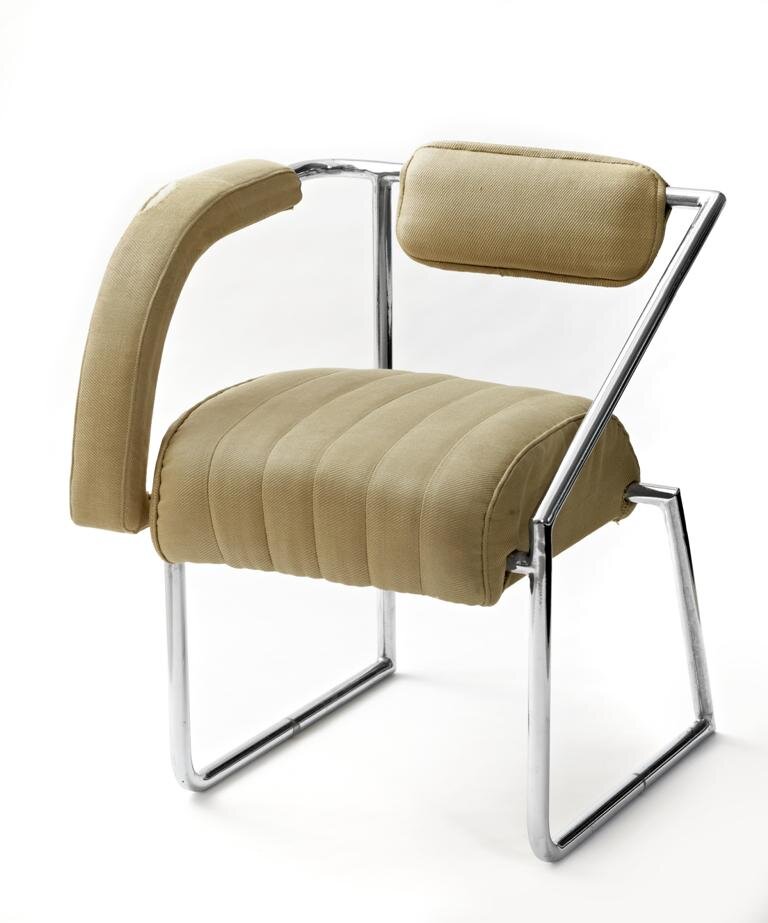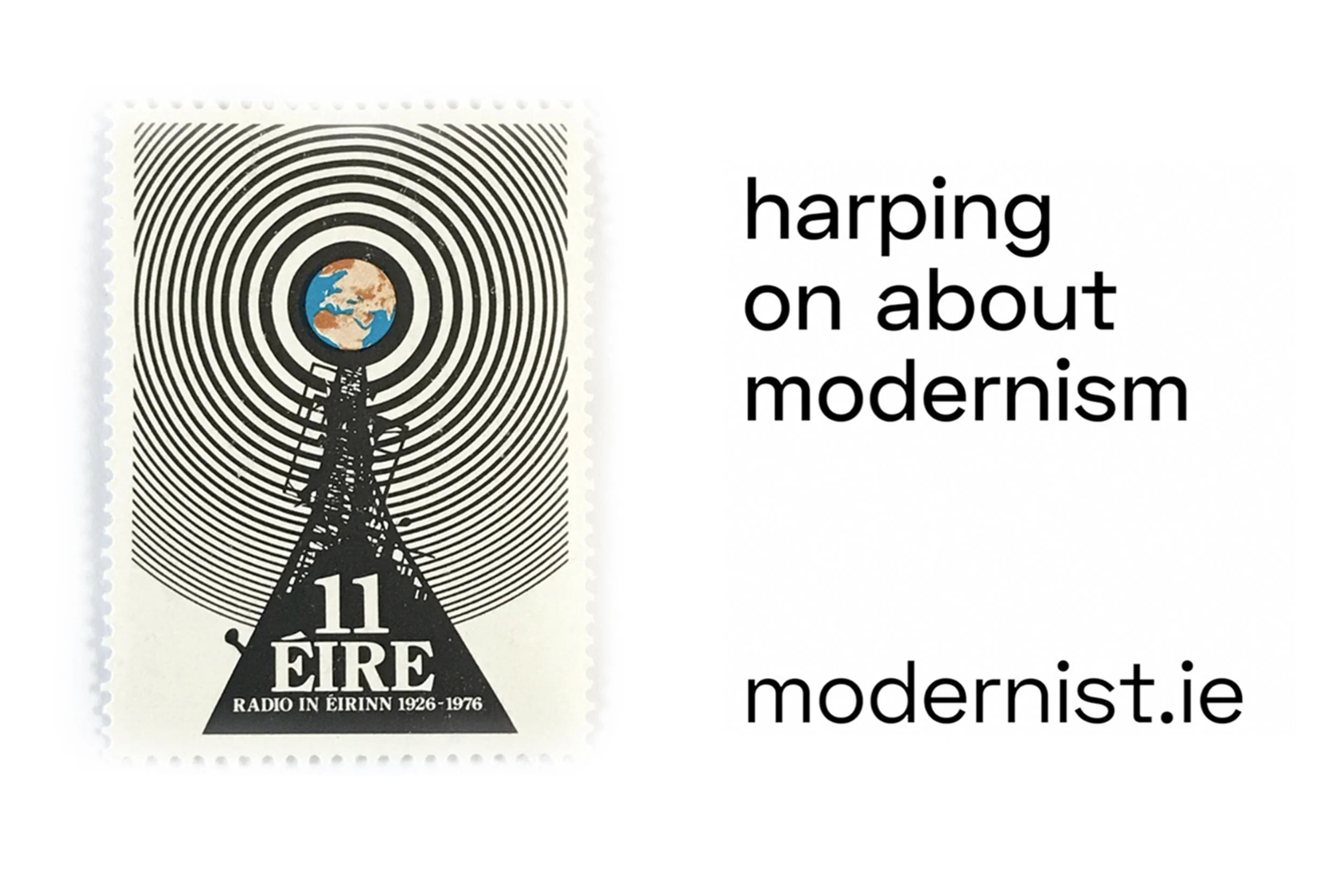Eileen Gray: Her Life and Work
Eileen Gray was a pioneer of modernist design. It’s time the Enniscorthy-born architect is celebrated as a true Irish icon. As part of our series on Irish design, Matt Retallick reviews her definitive biography.
Eileen Gray doesn’t get enough of the limelight. One of the greatest designers and architects of the 20th century, she was admittedly an introvert and a recluse, but she’s also been unjustly overshadowed by the men she has become associated with, the architect Le Corbusier probably the most well-known. She is one of our own, born in Enniscorthy in 1878. She moved to Paris in 1902, and now rests heartbreakingly in an unmarked grave in the city’s Père Lachaise cemetery. In retrospect we can see the significant path she carved as a true pioneer of modernist design, and even if Gray didn’t want to shout about herself, it’s time we claimed her legacy and do it for her.
““Her ageless and enduring approach to shape, colour and texture aimed for a functional simplicity, without compromising on warmth and sensuality.””
I recently received a copy of the freshly updated and republished book ‘Eileen Gray: Her Life and Work’ by Peter Adam, and it’s an important contribution in efforts to ensure Gray and her work become better known. If you ask me, this publication is the best available on Eileen Gray and it’s a timely reminder of how her innovative designs are still relevant. Her ageless and enduring approach to shape, colour and texture aimed for a functional simplicity, without compromising on warmth and sensuality. As a result, her influence can be traced through many notable designers working today. In the book’s centrespread, there’s a key example, a photograph of her Lota sofa from 1924, demonstrating the obvious impact she’s had on better known contemporary designers such as Dieter Rams. Yet with her discernible mark on design history, it amazes me how many people still haven’t heard of Eileen Gray.
Eileen Gray’s ‘Lota’ Sofa
It’s worth the reminder that Dubliners have the luxury of seeing the best examples of Gray’s design almost whenever they like. I highly recommend a visit the National Museum of Ireland’s Decorative Arts & History collection at Collins Barracks when you’re next that end of town. Back in the year 2000, the National Museum purchased a huge collection of Gray’s work, and it’s now on permanent display on the 3rd floor. This display is entirely free to visit and is of global significance, realising Gray’s final wish that her work would be brought back to Ireland. It showcases Gray’s iconic designs, from her 1929 Non-Conformist Chair, the 1927 E1027 Adjustable Table, and my personal favourite the 1922-5 Brick Screen, amongst many others. There’s even a side room where you can sit on her iconic furniture, almost worth the trip to do that alone. Promise me you will visit, as it perplexes me that this fantastic display still seems so hidden and seldom talked about.
Peter Adam’s book goes into depth about Gray’s Irish origins, her time living and working in bohemian Paris, the creatives she has influenced, and gives an unparalleled overview of her incredible forward-thinking architecture. It is supplemented with 162 illustrations to include photographs, drawings, and architectural plans, as well as shots of Eileen Gray’s striking interiors. One photo, of Le Salon de Verre from 1922, looks as if it could have been taken yesterday for a glossy magazine editorial. It was for this interior that she became better known at that time — tubular chairs, a zebra rug, simple ceramics on shelves at the back, I’d happily move in. The book also details the shop that Gray opened in Paris called Jean Désert; this shop cemented Gray’s reputation for style and taste among creative circles, and it was apparently frequented by fellow countryman James Joyce, and other luminaries of the day including Ezra Pound. Gray was certainly at the cutting edge, and the designs she sold in her shop demonstrated an early adoption of the modernist machine age aesthetic, that went beyond the decorative stylings of the Art Deco favoured at that time. Le Corbusier is often credited with introducing Gray to ‘true’ modernism in the mid-1920s, but when flicking through Adam’s book you realise her trajectory was all her own, her designs standing confidently and magnificently apart. Gray was a woman operating alone, a success of her own making, and this book gladly sets the record straight.
Eileen Gray - Le Salon de Verre 1922
It’s great that over the last year there’s been a shift in Gray’s visibility, not just with Adam’s book, but with the graphic novel ‘Eileen Gray: A House Under the Sun’ published a few months back. If we go even further back to 2015, An Post released a set of four stamps to celebrate some of her most enduring designs, and the year before the documentary ‘Gray Matters’ was released. This wonderful film explains how Gray laboured in quiet obscurity with her work shamefully attributed to her male mentors. It was released in the same year that Gray received a major retrospective at Irish Museum of Modern Art, an exhibition that looked at her different approaches to making, co-curated by the Pompidou in Paris. All of this is of course a step in the right direction, but it’s time that Gray isn’t a secret of the design world chattering classes, but that she is celebrated as a true Irish icon.
““It’s time that Gray isn’t a secret of the design world chattering classes, but that she is celebrated as a true Irish icon.””
Adam’s book is rightfully promoted as the definitive biography; it offers the full story and is written by someone who knew Gray personally, you would be pushed to find better.
Eileen Gray: Her Life and Work by Peter Adam is published by Thames & Hudson. You can find a copy on Amazon.
Matt Retallick
Follow his Irish design account @modernist.ie
We value original, substantive ideas – mainstream or alternative, progressive or conservative, left or right – and encourage everyone to join our discussion.
Content@facmagazine.com



